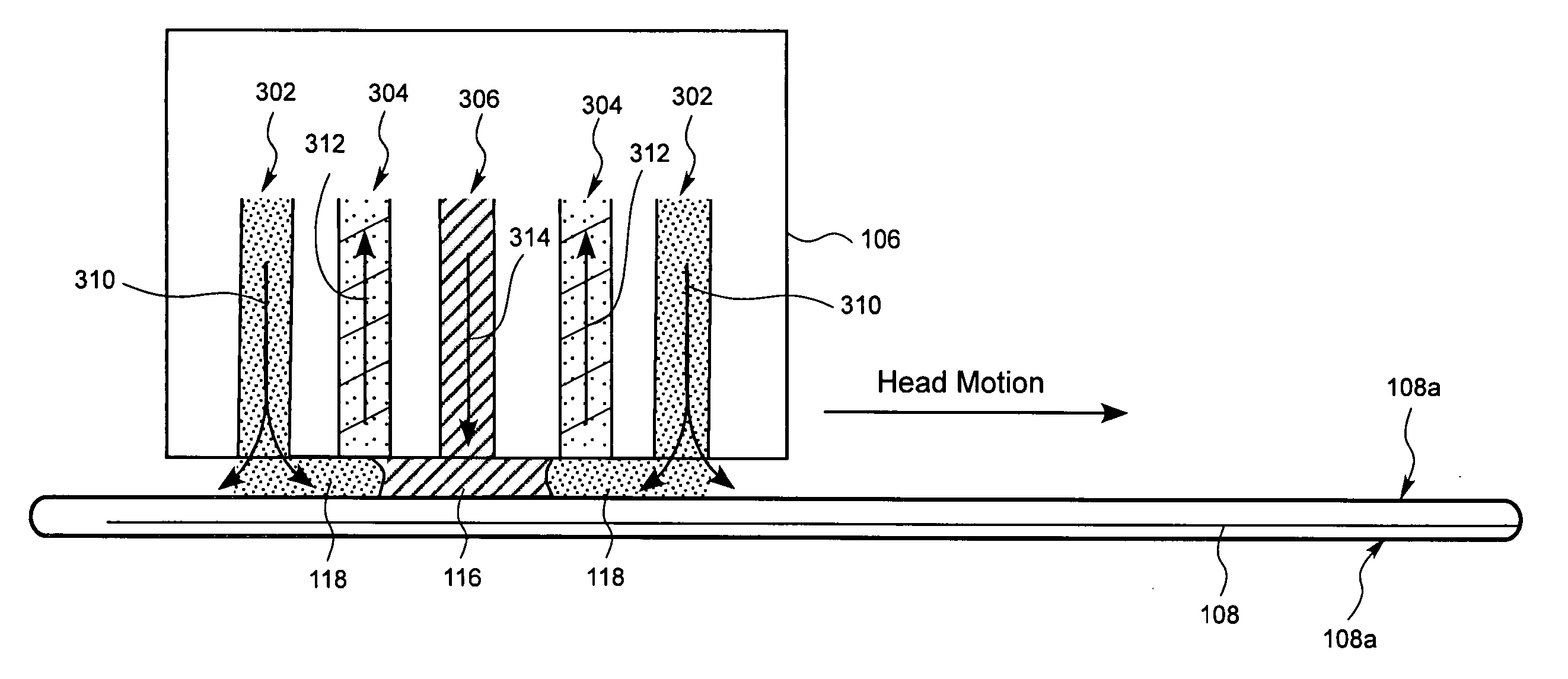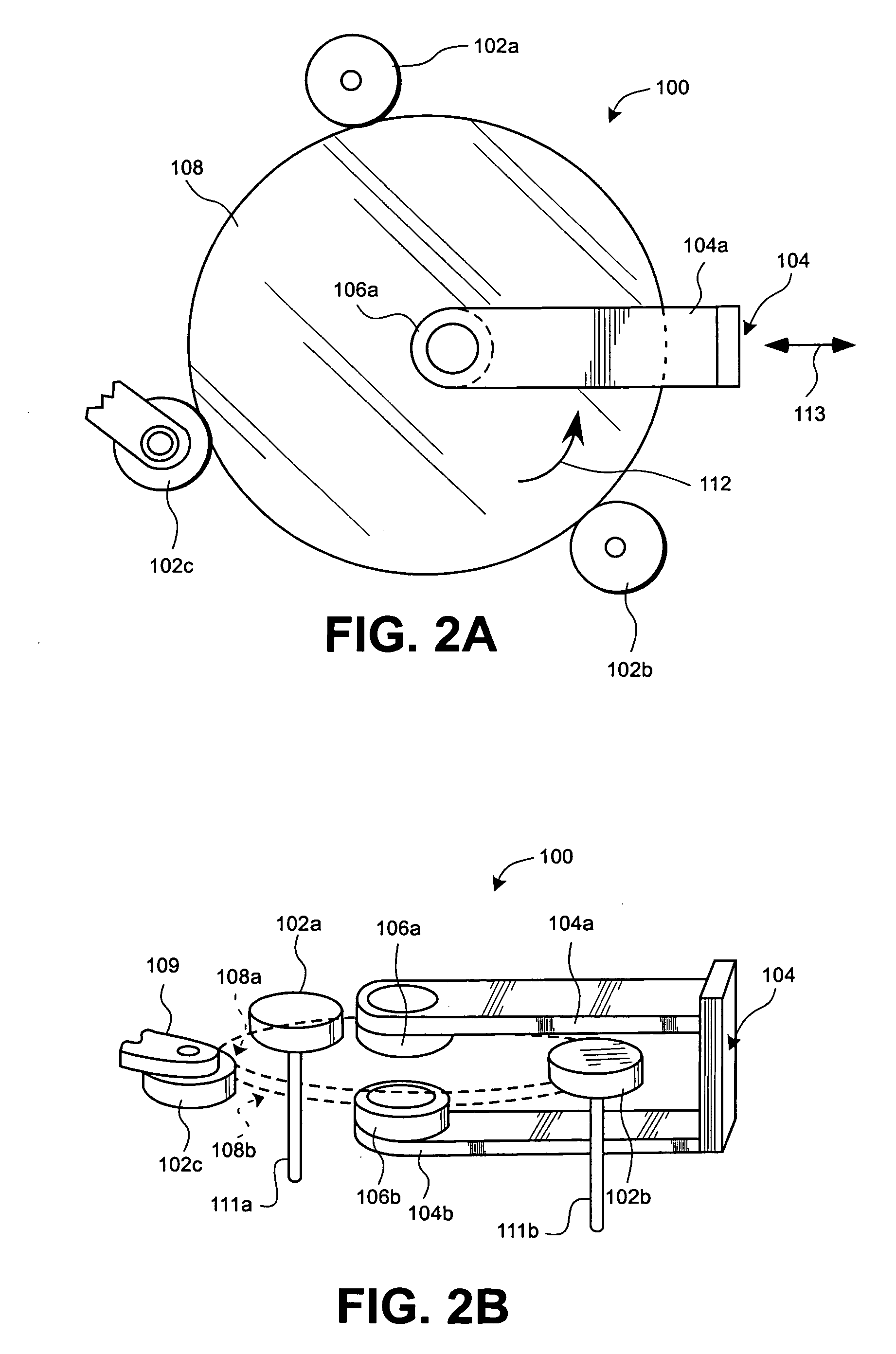System and method for modulating flow through multiple ports in a proximity head
a technology of proximity head and flow control, which is applied in the direction of drying machine, drying, light and heating apparatus, etc., can solve the problems of inoperable devices on the wafer, scratches on the wafer surface, and accumulation of slurry particles and residues at the surface of the wafer,
- Summary
- Abstract
- Description
- Claims
- Application Information
AI Technical Summary
Benefits of technology
Problems solved by technology
Method used
Image
Examples
Embodiment Construction
[0049] Several exemplary embodiments for modulating the flow though multiple ports in a proximity head will now be described. It will be apparent to those skilled in the art that the present invention may be practiced without some or all of the specific details set forth herein.
Part I: Proximity Head Processing
[0050] Various systems and methods of processing a surface such as a semiconductor wafers or other substrates, using a proximity head to manipulate one or more dynamic liquid meniscus has been described in the following co-pending, co-owned patent applications, each of which is incorporated by reference in their entirety for all purposes: U.S. patent application Ser. No. 10 / 261,839 filed on Sep. 30, 2002 and entitled “METHOD AND APPARATUS FOR DRYING SEMICONDUCTOR WAFER SURFACES USING A PLURALITY OF INLETS AND OUTLES HELD IN CLOSE PROXIMITY TO THE WAFER SURFACES.” U.S. patent application Ser. No. 10 / 330,843 filed on Dec. 24, 2002 and entitled “MENISCUS, VACUUM, IPA VAPOR, DRY...
PUM
 Login to View More
Login to View More Abstract
Description
Claims
Application Information
 Login to View More
Login to View More - R&D
- Intellectual Property
- Life Sciences
- Materials
- Tech Scout
- Unparalleled Data Quality
- Higher Quality Content
- 60% Fewer Hallucinations
Browse by: Latest US Patents, China's latest patents, Technical Efficacy Thesaurus, Application Domain, Technology Topic, Popular Technical Reports.
© 2025 PatSnap. All rights reserved.Legal|Privacy policy|Modern Slavery Act Transparency Statement|Sitemap|About US| Contact US: help@patsnap.com



